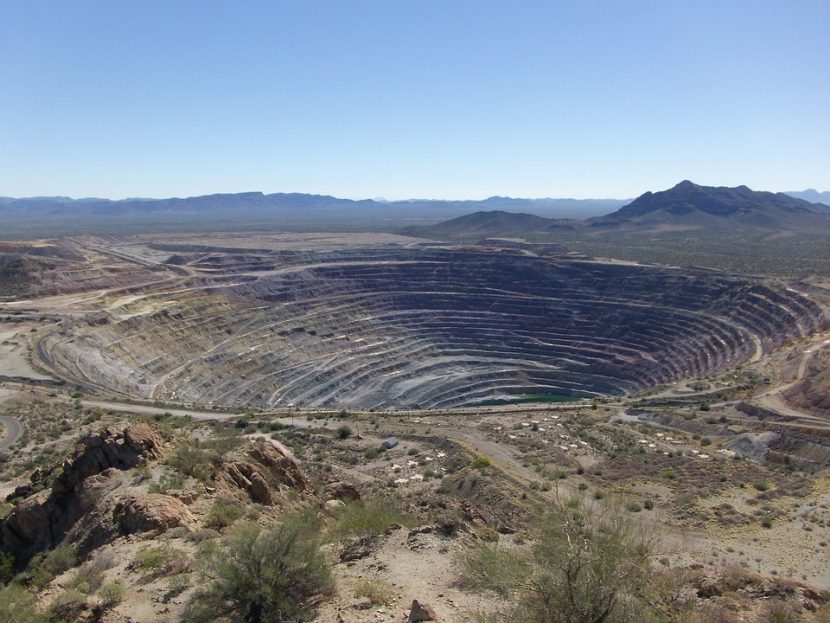Ajo, Arizona is a little down in the middle of the Sonoran Desert that used to be known more as a stopping point between Phoenix and the closest ocean in Mexico.
As dreamscape murals have gone up all over the downtown area, it’s become more than that.

It’s now trendy, at least regionally.
Ajo’s murals
When presented with a blank wall, a muralist has almost a universe of options. He or she has the freedom to paint almost anything. The only restraint, perhaps, is applied by the property owner, local ordinance, the artist’s talent and his or her vision.
Sometimes the wall’s owner has an idea. Sometimes it’s a governmental body. The muralist is commissioned to bring the idea to life. There’s a give-and-take that goes on between the one doing the hiring and the one doing the painting.
Still, even with murals-for-hire, there’s a lot of freedom.
More than other creative fields, the visual arts offer an opportunity for pure creativity.
What goes on the walls?
Anything, really.
Sometimes they’re a play on the lines and structure of the building.
Sometimes they’re an evocation of local history.
Sometimes they are geometric designs.
There is a myriad of possible topics. In the southwest United States, big cities like Tucson, Phoenix, and Las Vegas have amazing murals. Smaller towns like Las Cruces, NM, Flagstaff, AZ, Barstow, CA, and Alpine, TX do too.
In Ajo, Arizona most often it’s a dreamscape landscape.
In and around Artists Alley
Ajo, Arizona, is a town of about 3,300 in far west Pima County in southern Arizona. A former copper-mining town, the mine shuttered in 1985. Today, it’s now home to retirees, Border Patrol agents, their families, and others who manage the vast tracts of the Sonoran Desert.
Murals cover the walls of the buildings in the historic downtown, especially in Artists Alley.
A few of them are historical, the kind of thing you see in other places, a celebration of the area’s past. In Ajo, area muralists executed them in shades of black and white for the look of an old-time photograph or sketch, but on the side of a building.
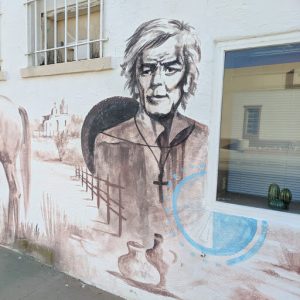
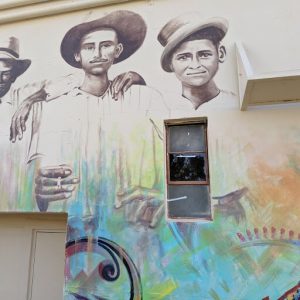
Others are notably different, suggesting a completely different mindset from what you might see in other parts of the United States. It’s a perspective that’s both valuable and refreshing, whether you agree with the sentiment being expressed or not. The use of murals for self and community expression is helpful for would-be dream journalers who are making sense of their feelings and experiences. They suggest how they, too, can put their thoughts and feelings into images, designs, and slogans.
Some people will have more imagery than others in their dreams. Everybody will have some imagery. Recording dreams in a computer program or an app doesn’t work too well when it comes to this imagery. While some people draw better than others because of talent or training, a book-bound dream journal is best.
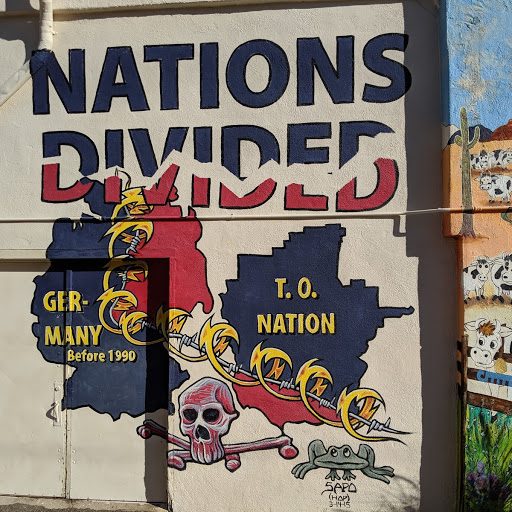
Many of the muralists are members of the Tohono O’odham tribe, formerly known as Papago. Ajo is near Tohono O’odham lands.
Members of the tribe acutely feel the crisis on the border. Seeing relatives who live in Mexico is complicated these days when it comes to family get-togethers and staying in touch.
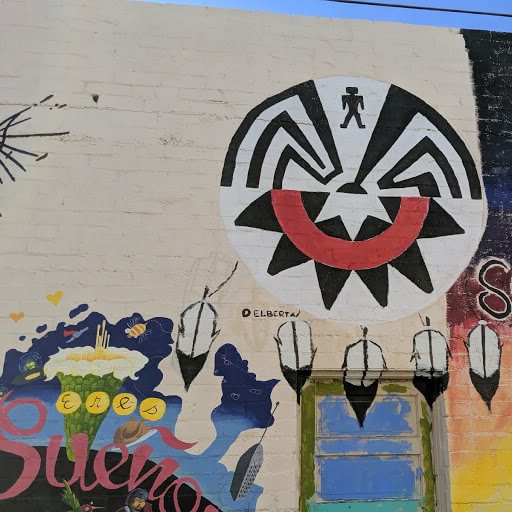
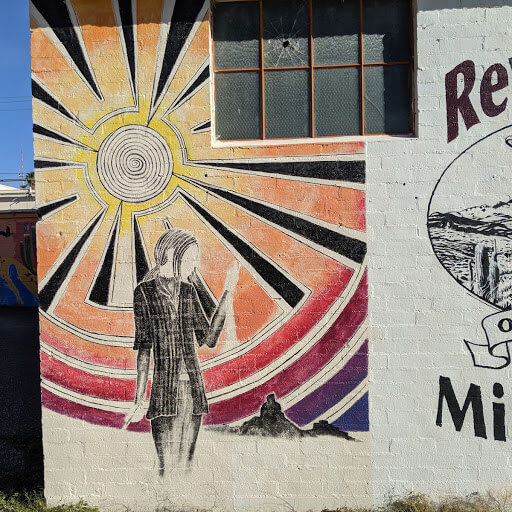
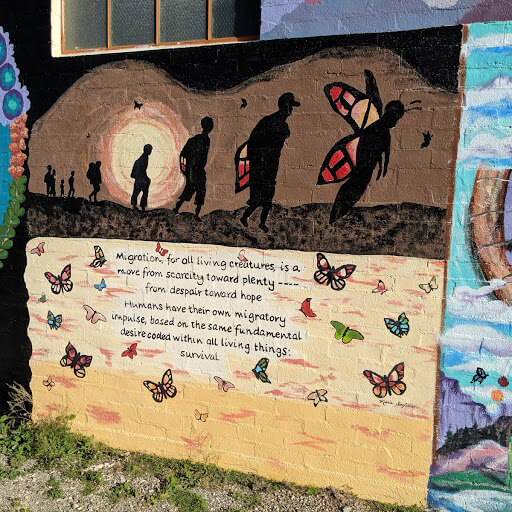
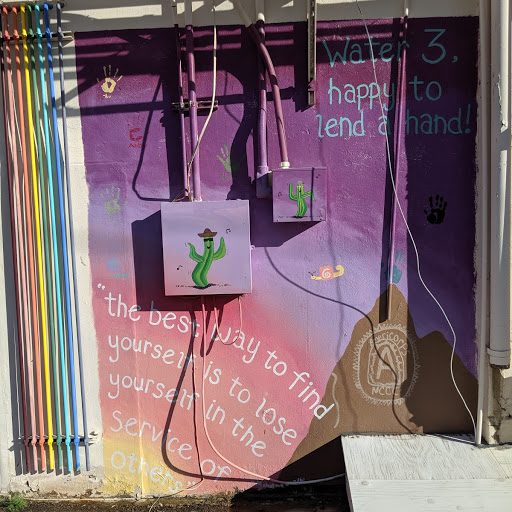
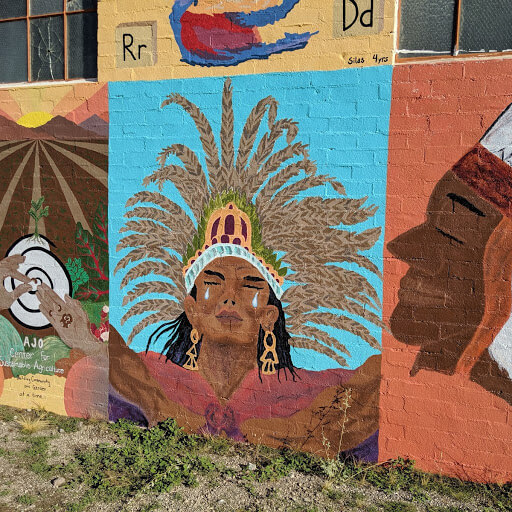
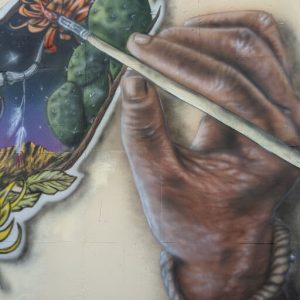
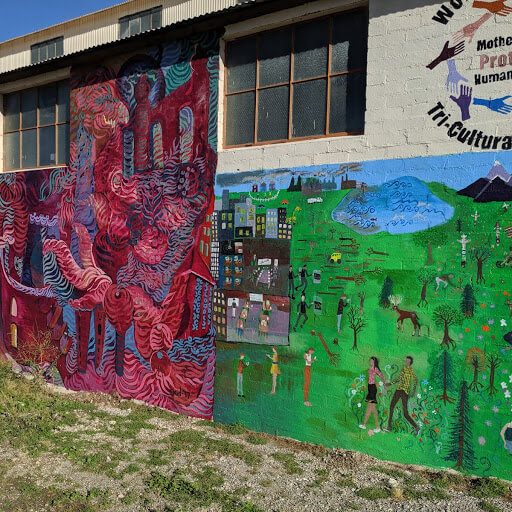
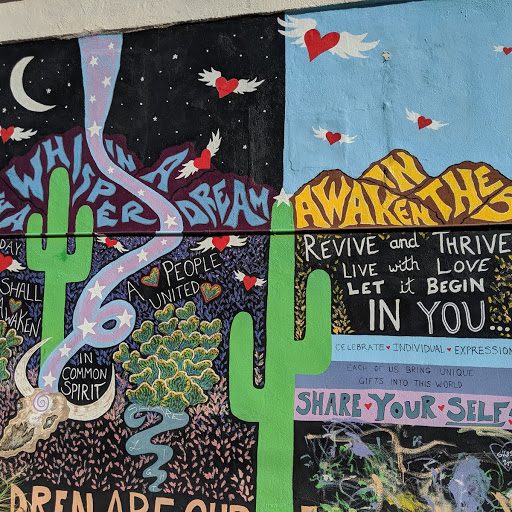
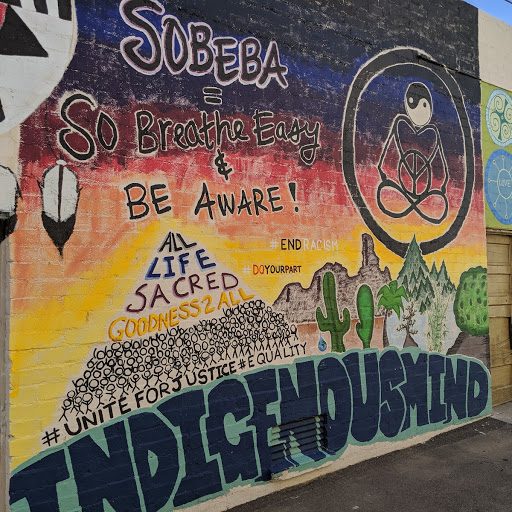
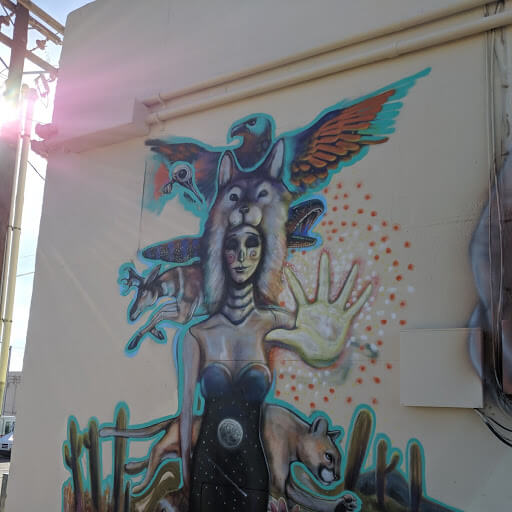
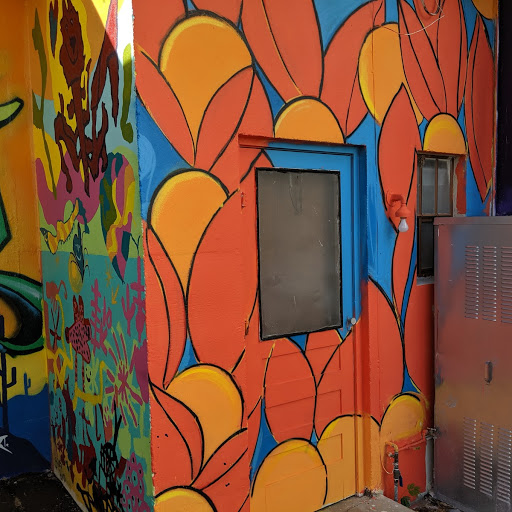
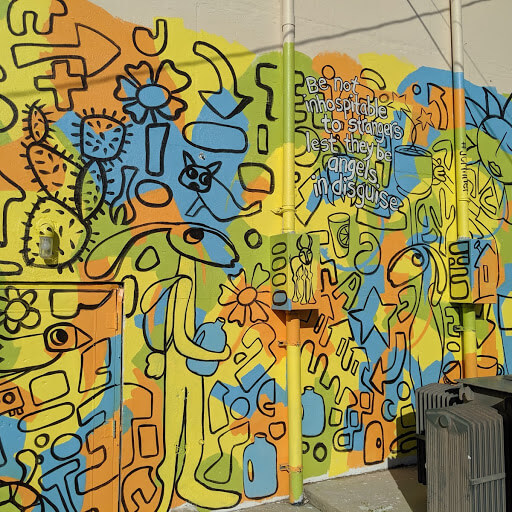
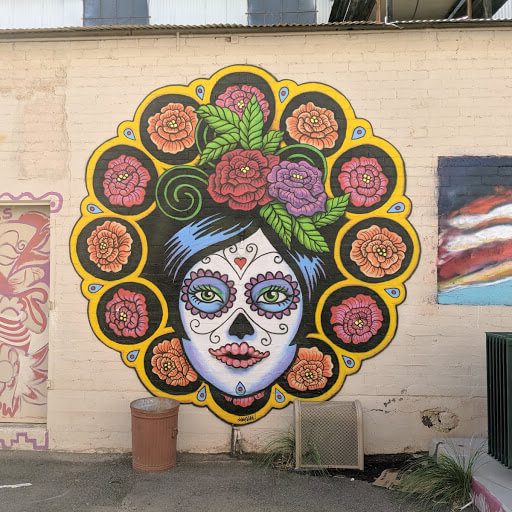
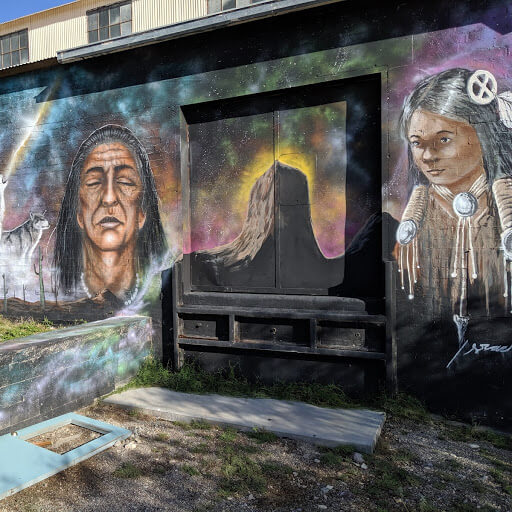
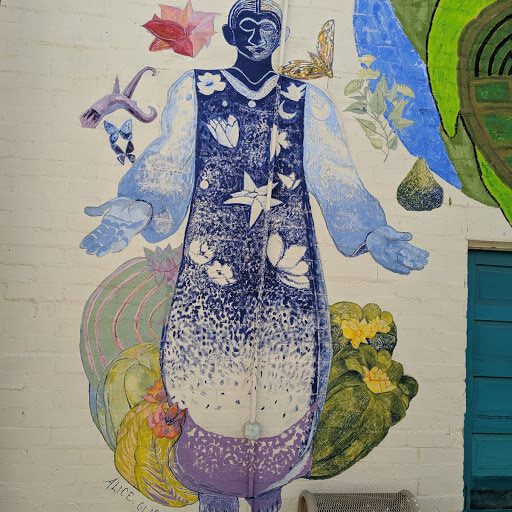
Ajo, Arizona is on the way between Phoenix, AZ, and Puerto Penasco (Rocky Point), Son. Besides the murals, area attractions include Organ Pipe National Monument and the Desert Diamond Casino in Why, AZ.
During summer, Ajo has the same high summer temperatures as the rest of the Sonoran Desert. Accordingly, the best time to visit and take a walk to look at the murals are the winter, fall, and spring months.
Some other articles from the DRS:
What’s the spiritual meaning of dreams?
What do spiders in dreams mean?
Can Islamic dream interpretation principles help you understand your dreams?
Anatomy of the mind: the brain and the mind aren’t the same thing
James Cobb, RN, MSN, is an emergency department nurse and the founder of the Dream Recovery System. His goal is to provide his readers with simple, actionable ways to improve their health and maximize their quality of life.
This post includes affiliate links for which we receive a small commission if something is purchased through the link.
